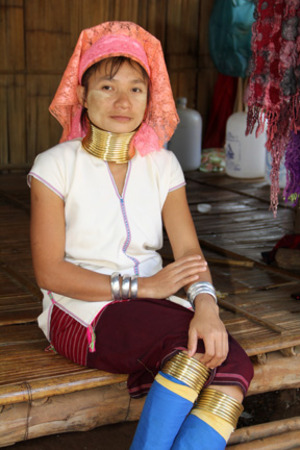For those of us who have it, Dyshidrosis makes everyday activities difficult to manage. The eczema type condition is characterized by tiny fluid-filled blisters that cause extreme itching on the palms of hands, fingers, souls of feet, or toes. This is followed by the breaking apart and cracking of the skin, which can cause pain and additional itching. I have suffered from Dyshidrosis for two years with few periods of relief between break outs. There are symptom treatments available, but currently there are no cures. While it can be miserable, there are things I have found that make the condition less of a nuisance.
Stay Dry
Believe it or not, having your skin wet, either from water or perspiring, makes it dry out more. Dry skin is an enemy with any type of eczema, but Dyshidrosis especially. Avoid over washing your hands and using alcohol based hand sanitizers. As a mother of two, I know how difficult this can be, so I have found that wearing long dish washing gloves to give baths, wash dishes, and do household cleaning really helps.
For feet, I have found that having shoes that allow for good air circulation helps my feet to stay dry. It is also a good idea to wear white cotton socks with or without shoes to keep them dry and protect from possible harmful materials.
Stay Moisturized
Keeping your hands and feet moisturized is essential at all times. My dermatologist recommends using a non-perfume moisturizer such as Vanicream Moisturizing Skin Cream. I really like this lotion, but have found that it is more expensive and hard to find outside of a clinic or online. Aveeno Eczema Therapy works well for me, however, any lotion that is perfume and dye free will work fine. I have read that other suffers use a coconut based lotion that works well also.
While it isn’t the most comfortable option, it can be helpful during extreme dry spells to put petroleum jelly on your hands or feet and sleep with white cotton gloves or socks over them.
Avoid Infections
One of my biggest fears with Dyshidrosis is getting an infection during periods of time when my skin has developed cuts and sores that are exposed. With news of infections such as MRSA spreading across television and internet, having such exposures can be terrifying to think about. In July 2011 I was stung by a red wasp on my right hand during a period of high inflammation. I was hospitalized 24 hours later after reacting badly to the sting, and while a definite cause was not determined, the doctor who admitted me was fairly certain it was due to a staph infection.
Since then I have made a habit of wearing white cotton gloves when I am out in public. While I do get a few stares, the gloves provide protection from potential hazards as well as keeping moisture at bay. I have also been known to cover a small area with a bandage; however, I don’t recommend leaving it on too long as it can build up excess moisture from sweating.
I have seen several doctors since I was originally diagnosed and have been told by all of them that while there are still experimental treatments ongoing, there are currently no cures for this condition. During periods of time that I have taken antibiotics for other infections I have had brief times of relief. The rest of the time, using these methods helps me make it through a little easier.

